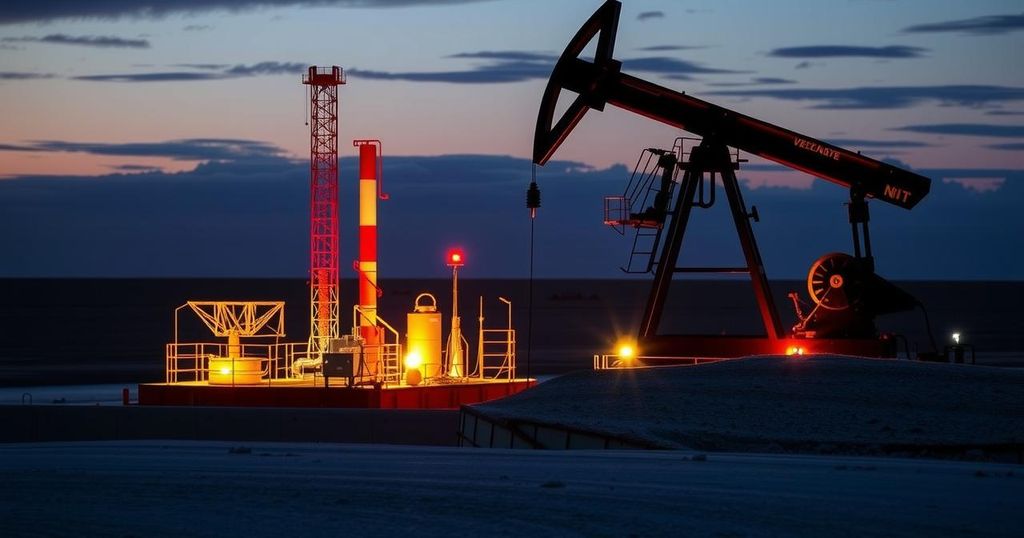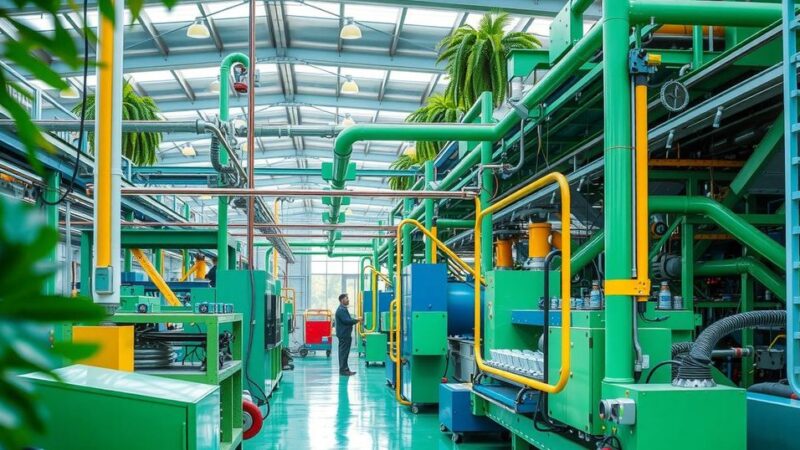Argentina’s pursuit of oil production through shale drilling places it on the brink of surpassing Colombia as South America’s third-largest crude producer, thanks to policies supporting Vaca Muerta. In contrast, Colombia’s oil reserves are dwindling, influenced by prohibitions on exploration under President Petro, which may hinder its ability to meet revenue targets for 2024.
Argentina is experiencing a shale-drilling surge that positions it to surpass Colombia as the third-largest crude producer in South America. This momentum stems from heightened drilling activities within the Vaca Muerta shale region, fueled by pro-business policies instituted by President Javier Milei’s administration. Presently, shale oil constitutes approximately 60% of Argentina’s total crude production, aligning the country with production rates not witnessed for over two decades. Certain industry forecasts indicate a substantial commitment to bringing additional rigs to Vaca Muerta in 2025 and advancing infrastructure projects, as international financing opportunities increase under the new government’s reforms.
In contrast, Colombia has seen a sharp decline in its natural gas reserves over the last decade, coupled with stagnant crude reserves due to President Gustavo Petro’s pivot away from oil exploration in his pursuit of reducing greenhouse gas emissions. Following the cessation of critical hydraulic fracturing tests that were anticipated to bolster reserves, Colombian investments in drilling have diminished for the second consecutive year in 2024. This trend suggests that Colombia is unlikely to generate sufficient crude production revenues to meet government tax targets, further jeopardizing its status as a top oil producer in the region.
The oil production landscape in South America is currently undergoing significant shifts, particularly due to advancements in shale drilling technology. Argentina’s Vaca Muerta shale formation has emerged as a hotspot for oil production, supported by favorable governmental policies under President Javier Milei. As this activity intensifies, it positions Argentina to eclipse Colombia, which has witnessed a decline in its own oil and gas reserves. President Gustavo Petro’s administration has largely steered away from conventional drilling practices in favor of environmental policies, resulting in diminished drilling rates and production revenues for Colombia. Understanding these developments is crucial for grasping the competitive dynamics among South American oil producers as they vie for market share and regional prominence.
In conclusion, Argentina’s robust shale oil production driven by favorable policies and investment in the Vaca Muerta region puts it on track to become a leading crude producer, potentially overtaking Colombia. Conversely, Colombia’s declining reserves and reduced investment, influenced by environmental policy shifts, jeopardize its position within the top echelons of South American oil production. The evolving oil dynamics necessitate close observation due to their implications for regional economies and energy markets.
Original Source: financialpost.com






